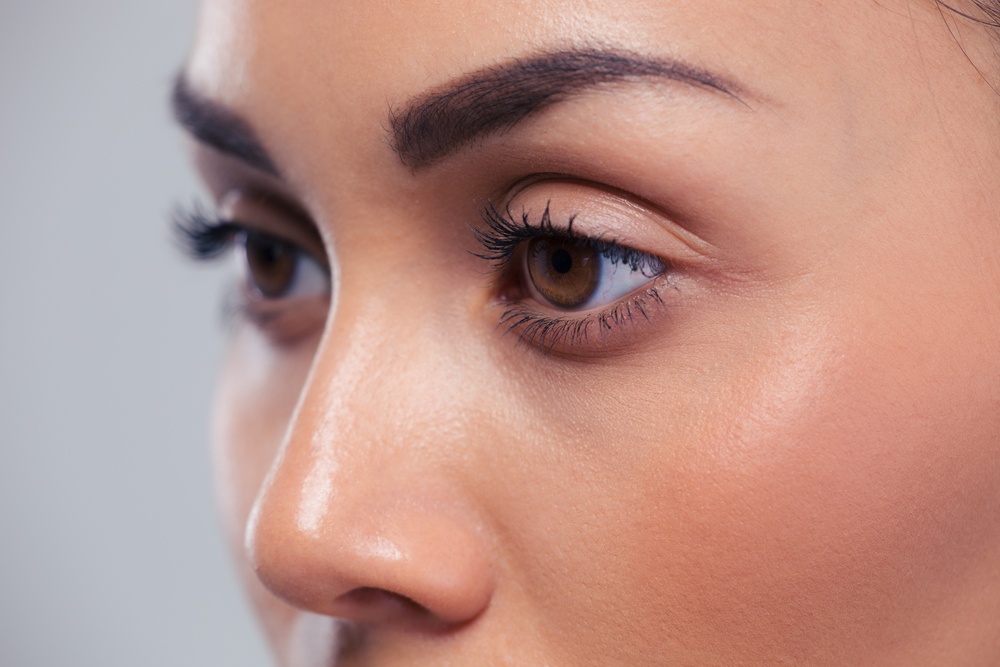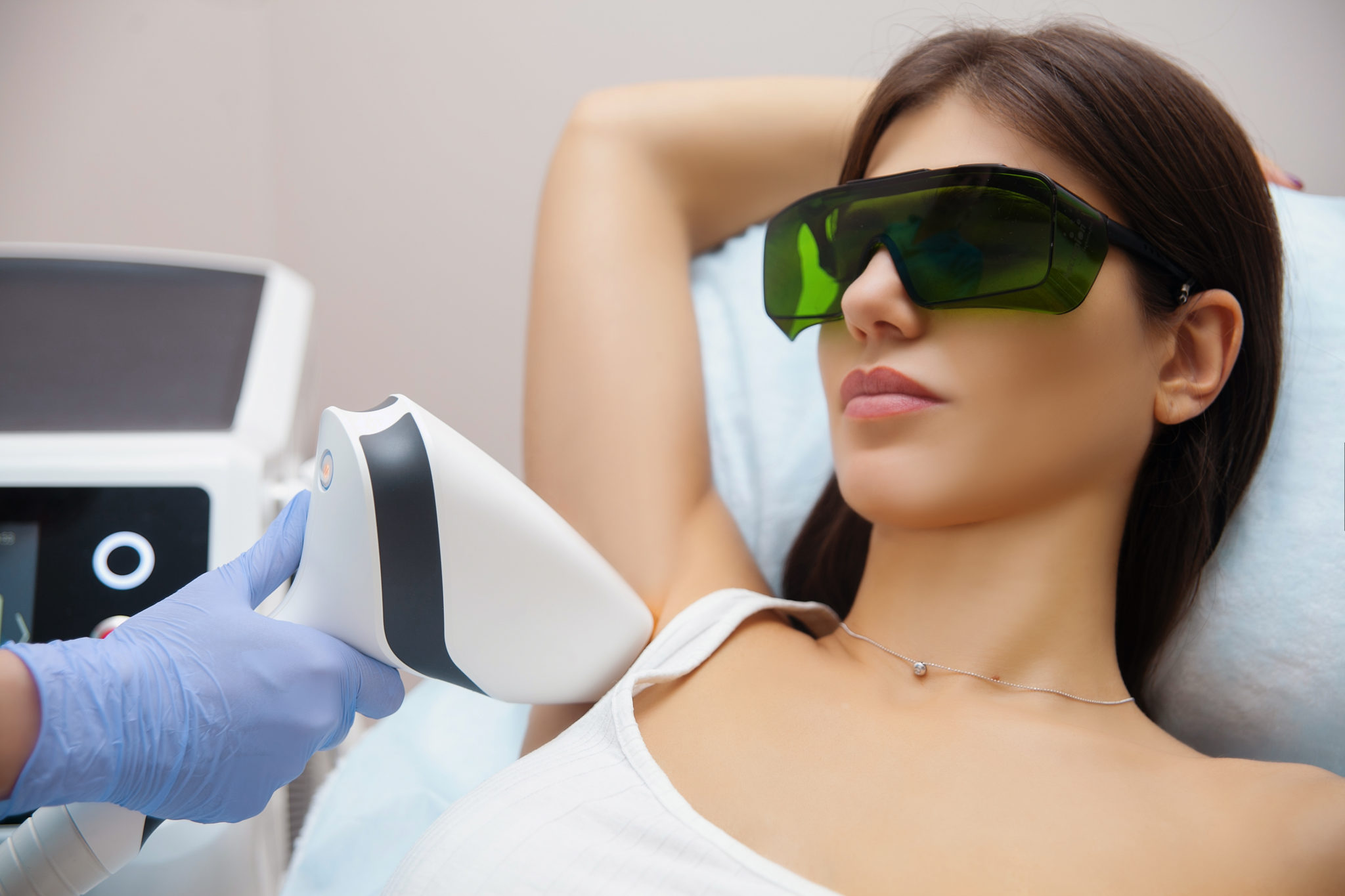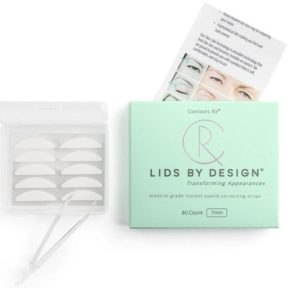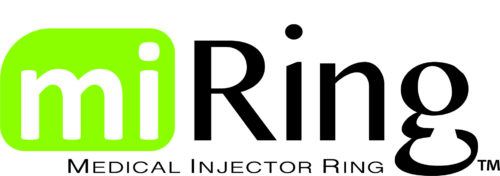Medical Aesthetics Training Requirements for Microblading
When it comes to solid medical aesthetics training, microblading often slips through the cracks. Leaving clients struggling to hide shoddy work or spending a fortune cleaning up a mess that never had to happen in the first place.

Many say that lip augmentations are the most commonly botched aesthetic procedures practitioners see, I’d argue that microblading, at a minimum, runs a close second.
Why so many bad brow jobs?
Even though microblading is technically an aesthetic injection it falls under the body art laws and guidelines at most state levels.
This, of course, means that in many states regulations are fairly lax, often keeping more of a focus on sanitation than on actual skill. At the same time, microblading has a decent profit margin and requires little to no medical or an aesthetics background. Inevitably, it’s another area where we just see a lot of bad work from semi-committed practitioners.

Who is ultimately responsible for this bad work? It could be argued that at least some of the blame falls on bad trainers. As you know sub-par results are epidemic in medical aesthetics training and you have to choose your program carefully.
At the same time, when you’re ready to add microblading to your spa or practice understand that there is some serious competition out there as well. Though it looks like child’s play compared to many med spa procedures, microblading is actually a bit of a challenge artistically, giving an edge to those with a good eye for precision.
Tools and training are the only things that can come close to leveling this playing field. The only real tools for microblading are those modern blades that are actually composed of tiny needles. These needles feather-in tiny hair-width cuts. Pigmentation is then added to these wounds giving clients the look of perfectly proportioned, naturally-full eyebrows.

Most professional-level microblading kits will give you the tools you need to get started, just keep a few things in mind:
1. Many classes teach with a specific brand of tool and aesthetic brow guide. For this reason, it’s best to pick the Academy or instructor you want to use before investing in any tools.
2. Replacement blades and ink are ongoing expenses you’ll need to prepare for so when you’re shopping for your kit be sure that you find one in a reasonable price-range that doesn’t overcharge for accessories or replacements.
Finding great training takes a little more research than finding your tools and you may have to bite the bullet and pay for travel expenses.
Below are the main points that will be covered in a good class:
Common hair patterns and the correct placement of strokes
All hair, including brows, grows in patterns, learning to find, and eventually, how to mimic these patterns is the only way that you can truly accomplish natural-looking results.
The Golden Ratio or Similar Brow Technique
Your microblading kit will come with a brow guide, your class should give you hands-on experience using the guide on several different people.
Patient Pain Scale
Everyone has a different pain tolerance and since microblading is a form of tattooing clients often feel that they should just grin and bear the pain. A good instructor will address this and help you learn to recognize the signs of discomfort in your clients. Comfort level is actually a huge factor in return clientele and one of the most commonly shared details on social media. Fortunately, the thorough application of numbing cream will solve this for most clients. Remember you can always add more cream, so watch for signs of discomfort and switch between brows if a new round of cream needs time to set in.

Fitzpatrick Scale & Ink Color Chemistry
Skin types and natural pigmentation are most easily measured on a spectrum called the Fitzpatrick Scale. Ink colors need to be matched with skin tone as well as client preference. This means that you’ll need a basic understanding of how to mix color.
Fading and The Follow-Up
Fading is part of the microblading process over the 4-6 weeks following the initial treatment. Your client will take this time to decide what they like and dislike and you’ll need to address it in the follow-up visit, which typically involves adding more color.
Tattoo Removal
Occasionally you will probably have a client that is dissatisfied with their treatment. An understanding of how to fix what they don’t like along with knowledge of what it takes to remove or at least minimize the effect will go a long way in placating them and in keeping your reviews positive.
The profit margin on microblading makes it a smart investment for almost any spa or practice and brow maintenance is actually a multi-million dollar business in the US alone. It’s also heavily competitive, so you’ll want to focus on building a good brow portfolio for your business and giving it a decent representation in your social media campaigns.
Fat melting with Kybella is presently another hot treatment for med-spas and aesthetic practices, for a quick, at-a-glance guide to Kybella download or free eBook below.
{{cta(‘772abef5-5590-4392-b60b-dbcbf57166dd’)}}





